A visit to the famous Butchart gardens

“It will rain when I go to Butchart”. I’d said this to every friend who was extolling the virtues of this famous garden before I left. I predicted inclement weather; derision was cast upon my person. To a man (or woman) they decried my pessimism and assured me it would be fine. To the tour director the day before I said the same thing and she smilingly denied such a thing could happen.
However, it came as no surprise as we narrowed the distance to Butchart, that the clouds ominously grew thicker and, just as we reached the edge of the gardens, it started to rain.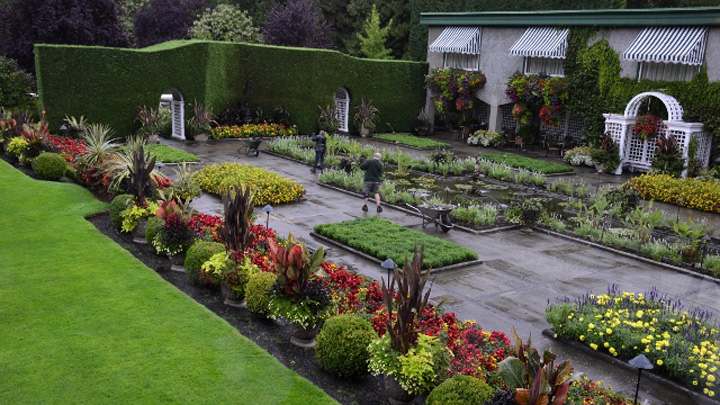
Somewhat surprisingly, I wasn’t disappointed as we strolled across the tarmac to the house where Jenny Butchart used to live, no doubt casting an eye across her creation as she partook of breakfast, just as we were about to do. In one of the upsides to taking this tour, we not only ate here but got to stroll in the garden before the hordes arrived.
It got even better because Lorraine and I were the only ones to set off first for the Japanese Garden, meandering through the gurgling watercourses, mossy rocks and twisted, gnarled trees at our leisure. The absence of light beneath the canopy leant a romantic atmosphere and made a colourful contrast to the Italian garden that we next entered. Here mathematical patterns are readily discernible while a bronze statue of Mercury adorns one secluded corner and a water feature or two are set among bands of colour. 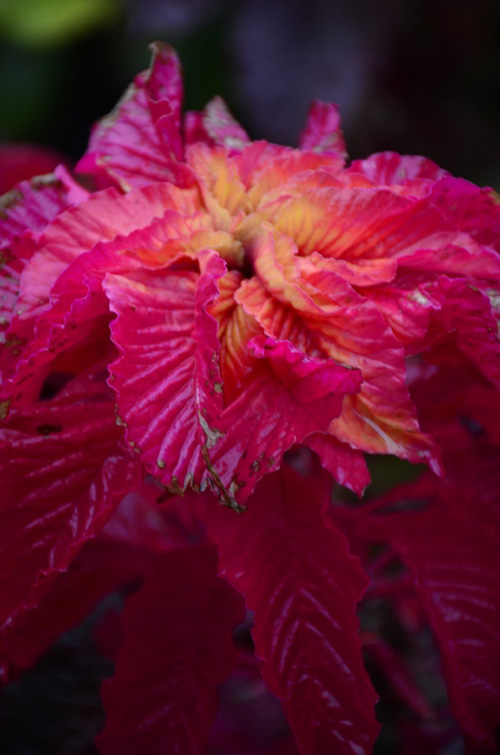
Up at the next level, the rose garden with its 250 different varieties is but a small part of the million blooms (I often wonder who actually counts them) scattered amongst this piece of paradise.
Pushing beyond through the tall pines brings you to the grandest section of this old quarry where limestone was once mined and provided the financial resource to sustain this creation. Indeed, just up through the trees with only the tip visible, the chimney stack remains to this day. Flower beds wind through the floor, backed by inclines lined with exotic plants from who-knows-where with stairs here and there leading to lookouts where overviews can be taken of the magnificence of this place.
The lookout with the constantly changing view is the waterspout. Fashioned from bits and pieces of metal and plumbing it rises, falls, twists, spirals and turns in a seemingly never ending rhythm that mesmerises the viewer.
On some of the sheer walls Jenny used to hang from a bosun’s chair and shove plants inside the cracks in the strata. Eventually all 22 hectares were planted, the original tennis court making way for the Italian garden. When asked about this extravaganza, out came the words, “Most of gardening is just hard work”. Which goes a long way to explaining why I struggle to get interested in creating one.
To satisfy visitors early on, cups of tea were gratuitously supplied, in 1916 18,000 of them were served, such was the fame of the place. Coincidentally, that was the year the manufacturing closed. Today, close to one million visitors arrive annually; I’ve yet to hear the word “disappointing” muttered in relation to this spectacle.
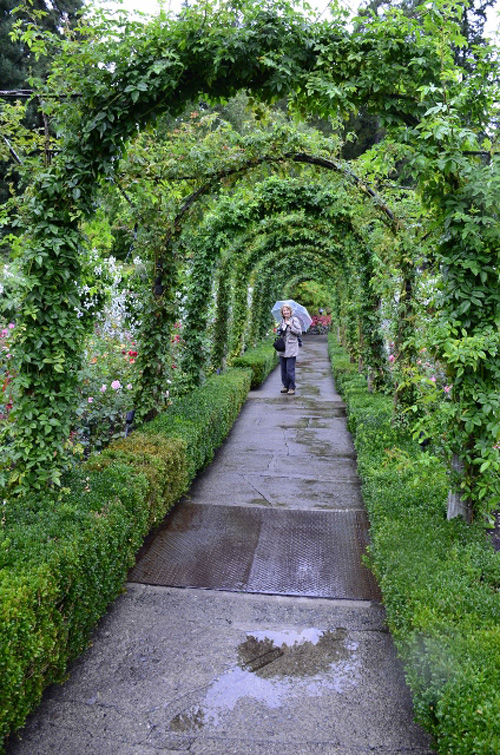
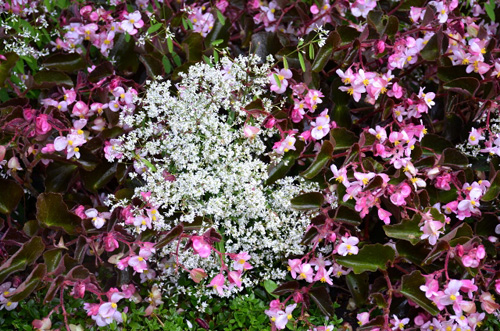
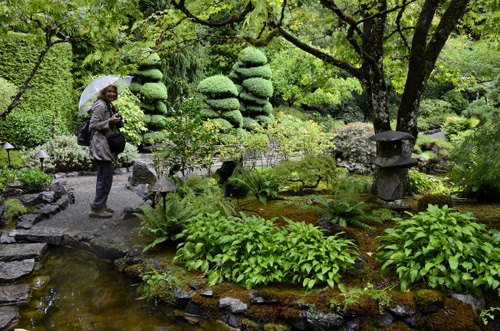

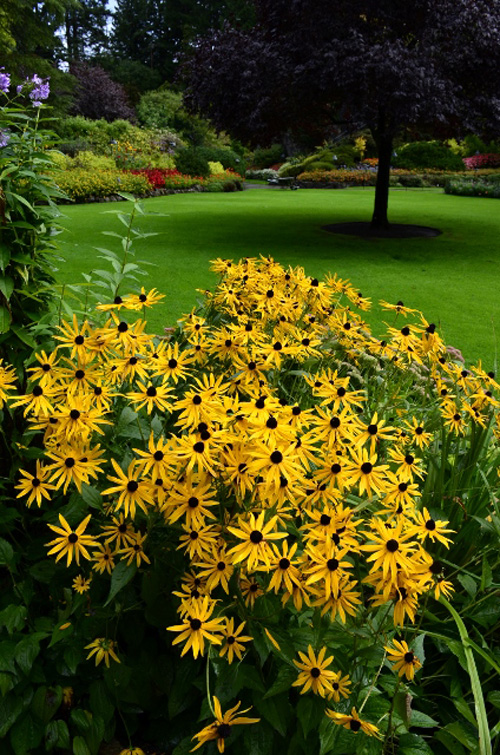

To write for Starts at 60 and potentially win a $20 voucher, send your articles to our Community Editor here.








 Proudly Australian owned and operated
Proudly Australian owned and operated